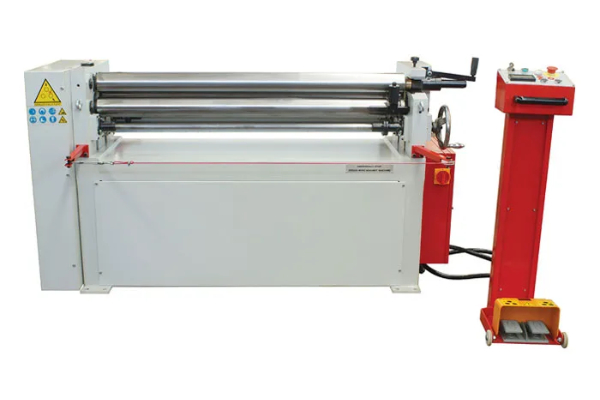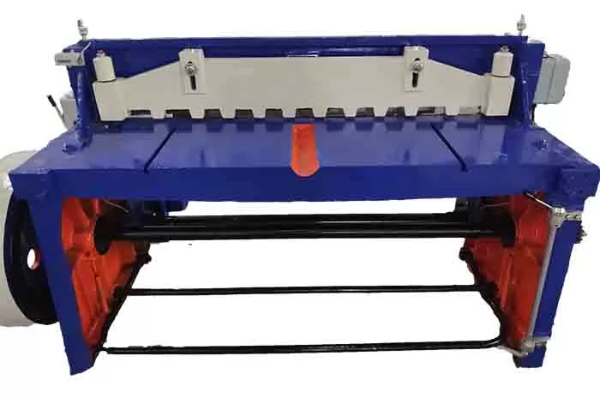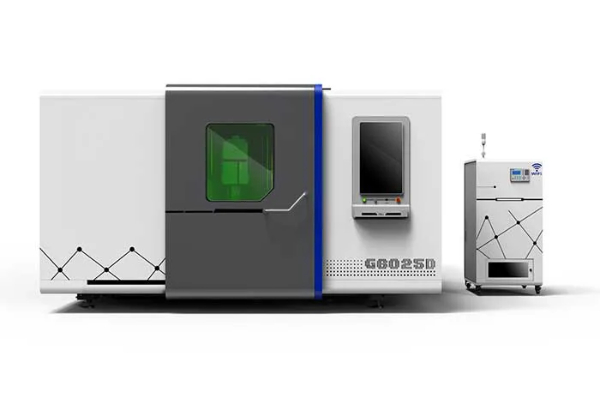
Hydraulic vs. Manual Metal Folding Machines- Pros and Cons
- By:Metmac
- 2024-05-23
- 97
In the realm of metalworking, folding machines reign supreme for precisely shaping sheet metal into desired forms. But in the age-old battle between hydraulic and manual machines, which one emerges victorious?
Hydraulic Folding Machines: Strength and Precision
Hydraulic folding machines harness the power of hydraulic cylinders to generate immense force, allowing them to fold even thick metals with ease. Their computerized controls ensure precise bends, making them ideal for high-volume production lines.
Pros:
Unmatched power: Hydraulic systems deliver exceptional force to fold thick materials.
Automated precision: Computerized controls ensure accurate and consistent bending angles.
Versatility: Can accommodate a wide range of material thicknesses and sizes.
Cons:
High cost: Hydraulic folding machines require substantial investment.
Maintenance requirements: Hydraulic systems need regular servicing and maintenance.
Space constraints: Large hydraulic machines can occupy significant floor space.
Manual Folding Machines: Simplicity and Economy
Manual folding machines rely on human power to fold metal. While less powerful than their hydraulic counterparts, they offer simplicity and affordability.
Pros:
Low cost: Manual folding machines are far more economical than hydraulic machines.
Portability: Smaller and lighter, manual machines can be easily transported.
Versatility: Can be used in tight spaces or on-site for field repairs.
Cons:
Limited power: Manual machines struggle to fold thicker materials.
Inconsistent results: Bending accuracy depends on the operator’s skill and strength.
Physical exertion: Manually folding can be strenuous for extended periods.
Which Machine to Choose?
The choice between hydraulic and manual folding machines depends on specific production needs and budget constraints.
Hydraulic machines are ideal for high-volume operations requiring precision and strength. If cost is a primary concern or space is limited, manual machines offer a viable alternative.
Ultimately, the best machine is the one that meets the specific requirements of the job at hand, balancing power, precision, and cost considerations.
-
The Advantages of Using a Sheet Roll Forming Machine in Manufacturing
2024/09/14 -
How to Optimize Your Laser Sheet Cutting Machine for Maximum Performance
2024/09/12 -
How to Maximize Efficiency with Modern Sheet Metal Working Machines
2024/09/04 -
The Environmental Benefits of Using Duct Board Grooving Machines
2024/09/03
-
A Guide to the Latest Innovations in Sheet Metal Folding Machines
2024/11/29 -
Key Features to Consider When Investing in a Sheet Metal Folding Machine
2024/11/28 -
Enhancing Precision with Advanced Sheet Metal Folding Machines
2024/11/27 -
How to Choose the Right Sheet Metal Folding Machine for Your Workshop
2024/11/26



